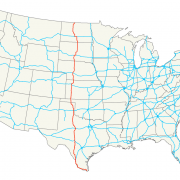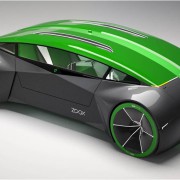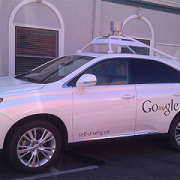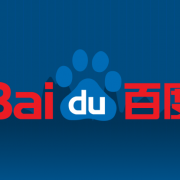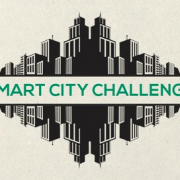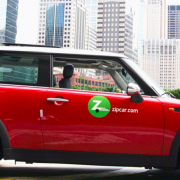Siren of Mobility Entices BMW, Jaguar, Peugeot
Burney Simpson
The Siren of Mobility has convinced European auto giant BMW to launch a car-sharing service in the U.S. this month, while Peugeot and Jaguar each announced vague plans for similar projects.
It’s too soon to tell whether mobility will be a beautiful siren’s call or an emergency siren.
BMW said it would begin operating its ReachNow car-sharing service in Seattle with about 400 of its 3 Series sedans, Mini Coopers and electric i3 model cars. Customers can book cars through the ReachNow app in either iOS or Android smartphones.
BMW is partnered in the project with San Francisco-based RideCell, a provider of software designed for car-sharing, ridesharing and transit services. RideCell has evolved into a manager of vehicle fleets after beginning as an Uber-style taxi service.
RideCell customers include the University of California-Berkeley, 3M and the Santa Clara Valley Transportation Authority, according to TechCrunch.
The Seattle launch is part of a bigger car-sharing program that BMW has planned. Its i Ventures investment arm led an $11.7 million Series A funding round in RideCell this month. BMW could expand ReachNow to 10 cities, according to reports.
BMW’s RideCell is the latest in a string of auto OEMs creating or expanding ‘mobility’ divisions that plan to offer car-sharing, ridesharing, and other non-ownership approaches for consumers. The vehicles may offer Advanced Driver Assistance Systems (ADAS), and mobility divisions have proposed the eventual shift to providing driverless models.
For definition’s sake – car-sharing means multiple users sharing a vehicle, while ridesharing is a word that has evolved to cover the Uber-style method of a one-time ride provided on-demand.
JAGUAR LEAPS, PEUGEOT PREPARES
Jaguar Land Rover launched this week InMotion, a developer of car-sharing, ridesharing and mobility-type services where customers access vehicles through smartphones and other connected devices, the company announced.
InMotion is a Jaguar subsidiary that could eventually offer services in North America, Europe, and Asia. For now it is a London-based research project looking into various trial programs.
Jaguar, a subsidiary of India-based automaker Tata Motors, said it will begin the testing of some of these services next month.
Next up – PSA Group, which owns Peugeot, Citroen and DS Automobiles. It plans to get back into the US market, possibly starting with a car-sharing service in 2017.
The theory is the car-share program would get the brand name back in front of U.S. consumers, and that could lead to selling Peugeots which haven’t been marketed in the U.S. since 1991, according to Edmunds.
Peugeot is partnered with French electric car manufacturer Bollore in producing the compact EV Citroen e-Mahari.
Bollore operates a car-sharing service in Paris with 10,000 subscribers, and another in Indianapolis with 1,000 members and 120 cars, according to the Indianapolis Business Journal.
Daimler operates the Car2Go service in New York, Austin, Texas, Minneapolis, and Portland, Oregon.

